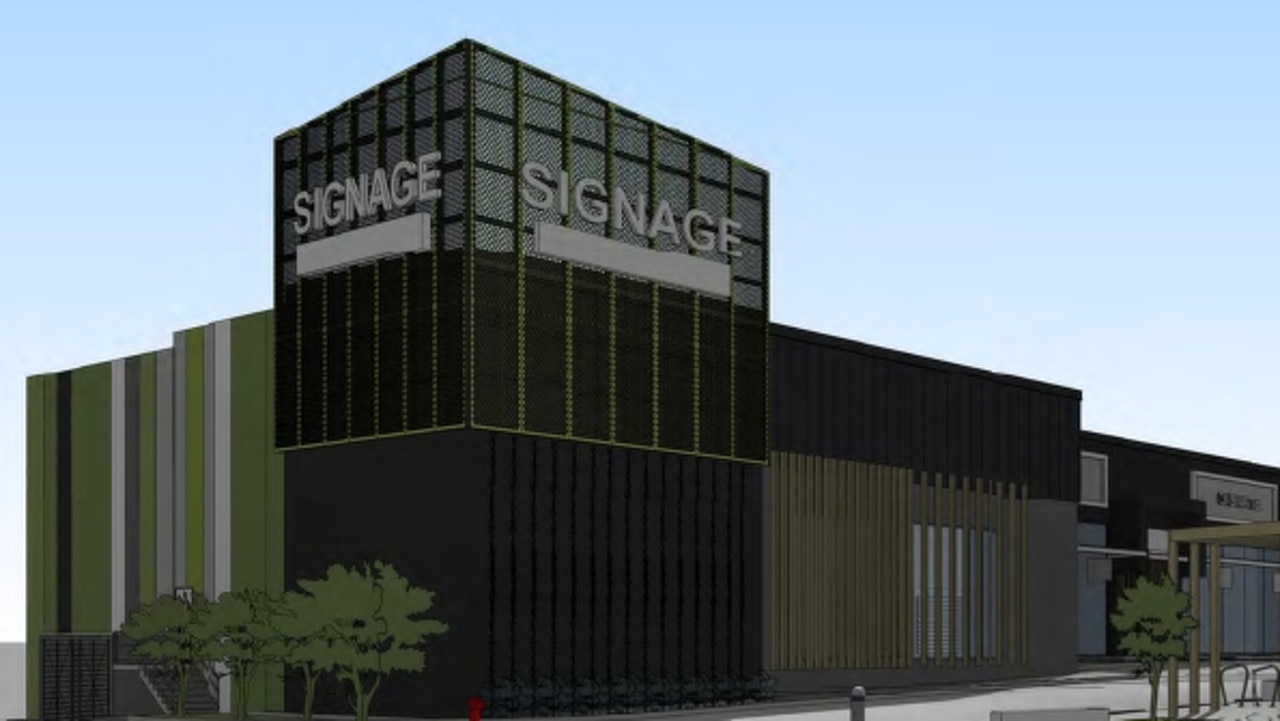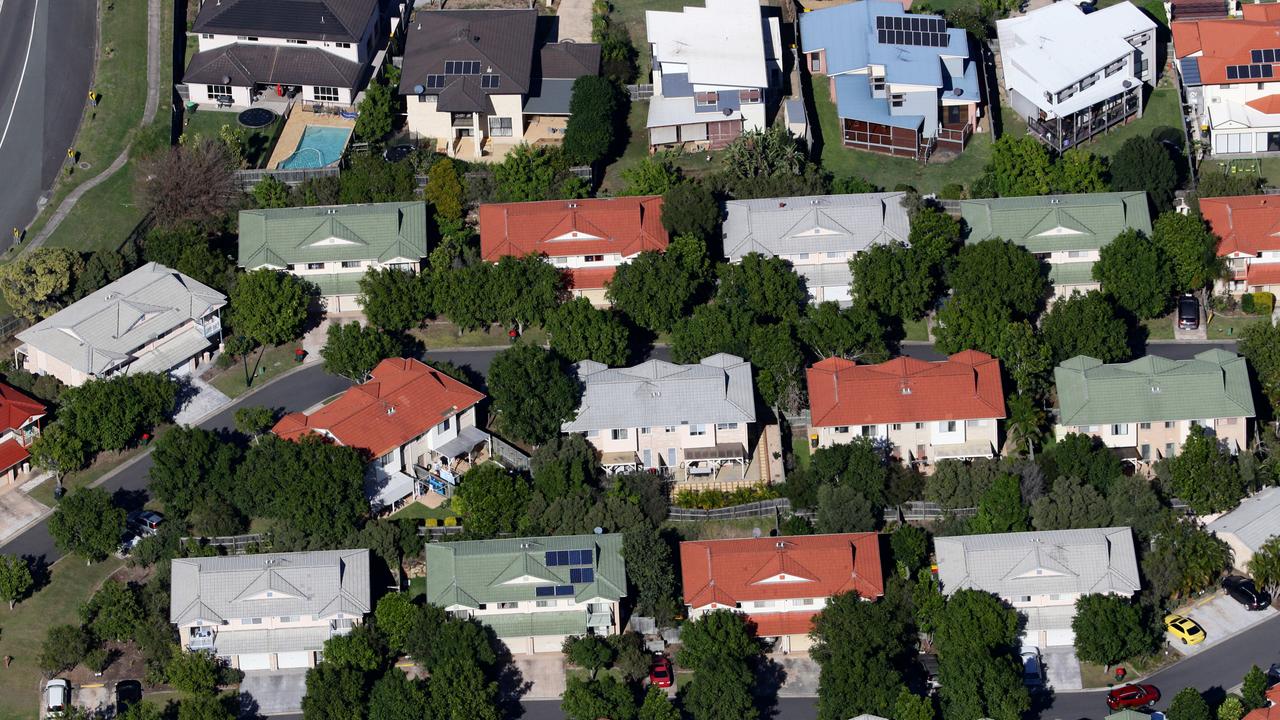Cash flow positive: where to get properties where the rent exceeds mortgage repayments
In more than 100 locations around Australia, investors won’t spend a cent on repayments because the rents exceed the monthly mortgage.
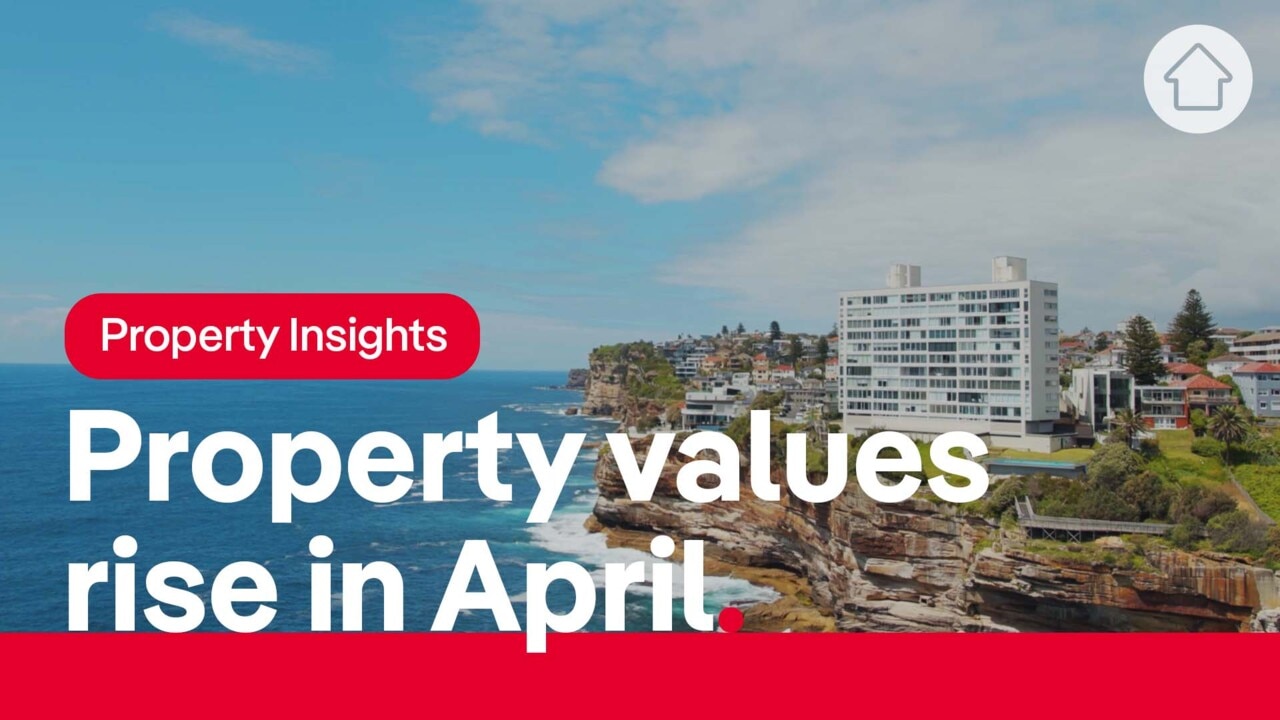
Property
Don't miss out on the headlines from Property. Followed categories will be added to My News.
Rising rents have meant new investors in many areas can buy properties that will cost next to nothing to own because the rental income exceeds the monthly mortgages.
Analysis of PropTrack figures showed average rents exceeded average mortgage repayments in more than 100 locations spread around the country, despite recent interest rate hikes.
It has left new landlords in a “cash flow positive” position where their rental income is not only covering their monthly loan obligations, it’s leaving them with up to $1500 a month extra.
Many of the areas where new owners wouldn’t need to spend a cent on repayments were in Perth, Brisbane, Cairns and Townsville.
Other cash flow positive areas spread around the country were popular holiday destinations, towns serving nearby mines, coastal ports and cheaper outback towns - but some of these markets were also considered riskier places to invest.
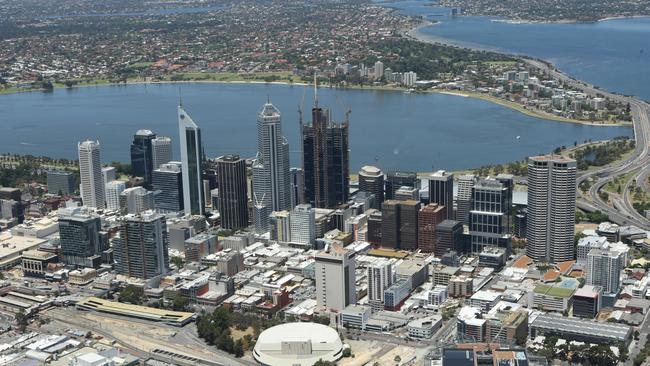
Rental yields were also high in some agricultural centres in Victoria, towns in regional South Australia and parts of northern NSW.
It comes as economists warned that increased investor spending was urgently needed in many locations to provide critical housing stock and improve choice for tenants.
PropTrack figures showed vacancies have been on a downward spiral over the past year, with zero rental accommodation available in some areas and little new construction in the pipeline.
“It’s likely these rental market conditions will persist for some time,” said Cameron Kusher, PropTrack director of economic research.
Perth was the capital with the highest number of suburbs (20) where the average home would be cash flow positive, followed by Darwin (11) and Brisbane (8). Rental yields ranged from 7-9 per cent.
There were even higher rentals returns of nearly 10 per cent in parts of Cairns and Townsville, allowing investors to keep up to $500 a month after their mortgage costs were paid.
The analysis assumed new investors purchased at the current median price with an average investor loan rate and 10 per cent deposit, while receiving average market rent for the area.
Additional property holding costs such as maintenance, lender’s mortgage insurance, council rates and land tax were not considered.
Hotspotting director Terry Ryder said Townsville and Cairns were attractive markets for investors because they had diverse economies and were attracting high levels of infrastructure investment.
“These are much better options than many of the other locations where yields are high,” he said.
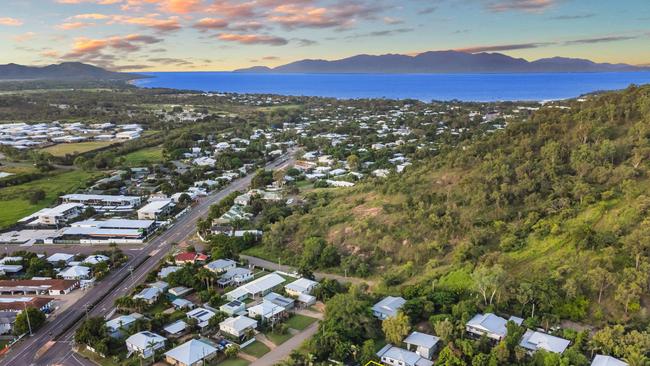
“They have multiple industries, strong manufacturing sectors and links to the resources industry. There is capital growth upside.”
The highest rental returns across Australia were for properties in the northwest and southern interior of Western Australia, including suburbs in the Port Hedland area, Karratha and Kalgoorlie.
Average rent exceeded average repayments in these locations by $500-$1500 per month.
Queensland mining towns such as Moranbah and Blackwater offered similar returns, but Mr Ryder said investors needed to be wary of the dangers associated with buying in these locations.
“They will always be high risk, volatile markets to buy in because they are so reliant on one industry. And that industry is a very cyclical one,” he said.
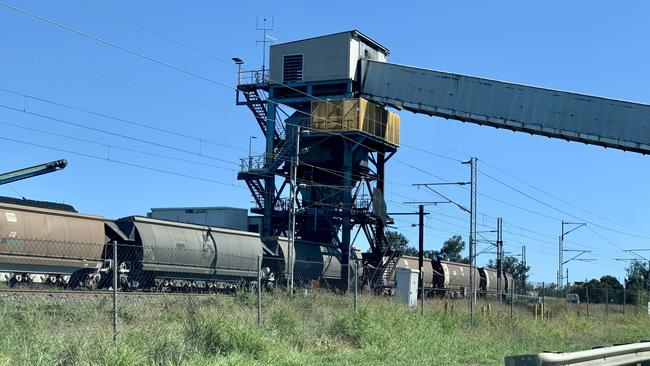
Binvested founder Nathan Birch, a successful investor with over 200 properties, said there were more opportunities to buy cash flow positive properties in this market than in previous decades.
“Interest rate rises have made things ugly for owner occupiers, but there are opportunities for investors,” he said.
“Migration is rising and the new arrivals cannot purchase houses until they become permanent residents. They will need to rent for some time, but there is little housing available. We need investors to provide that housing.”




